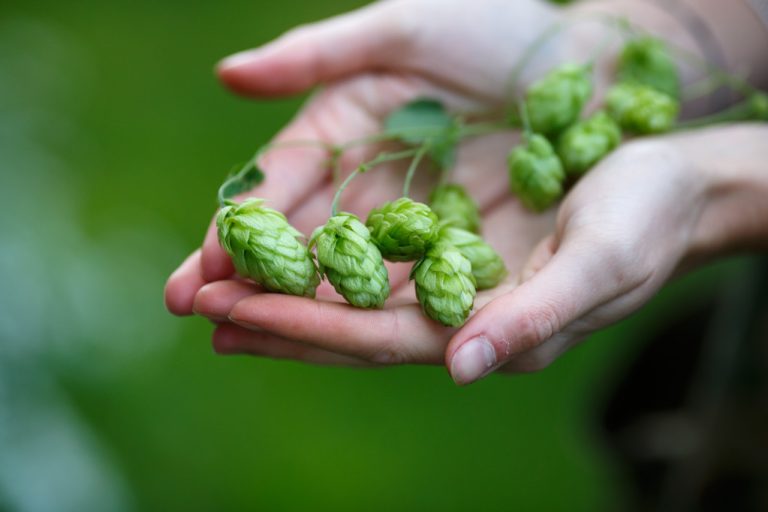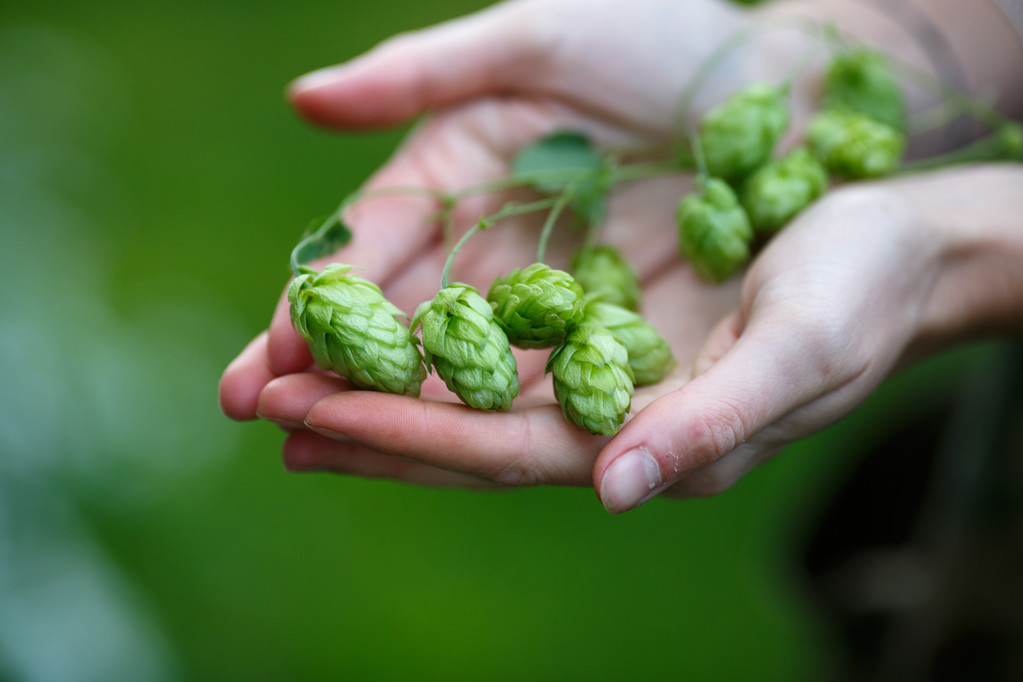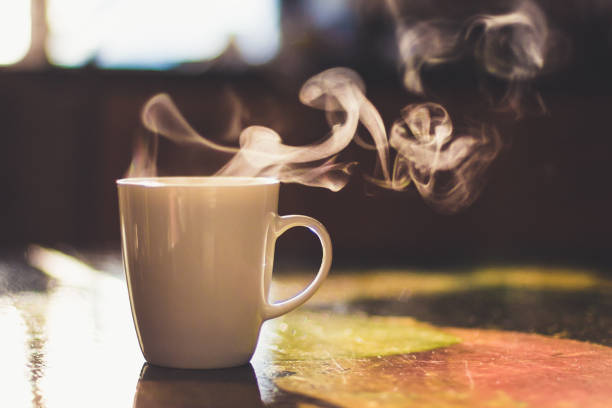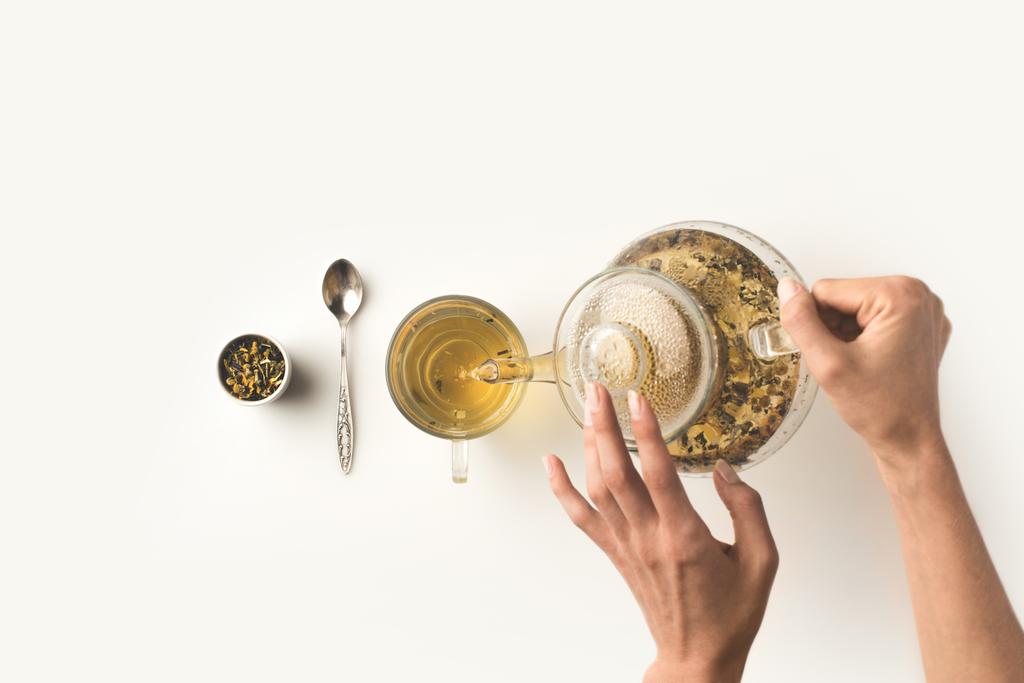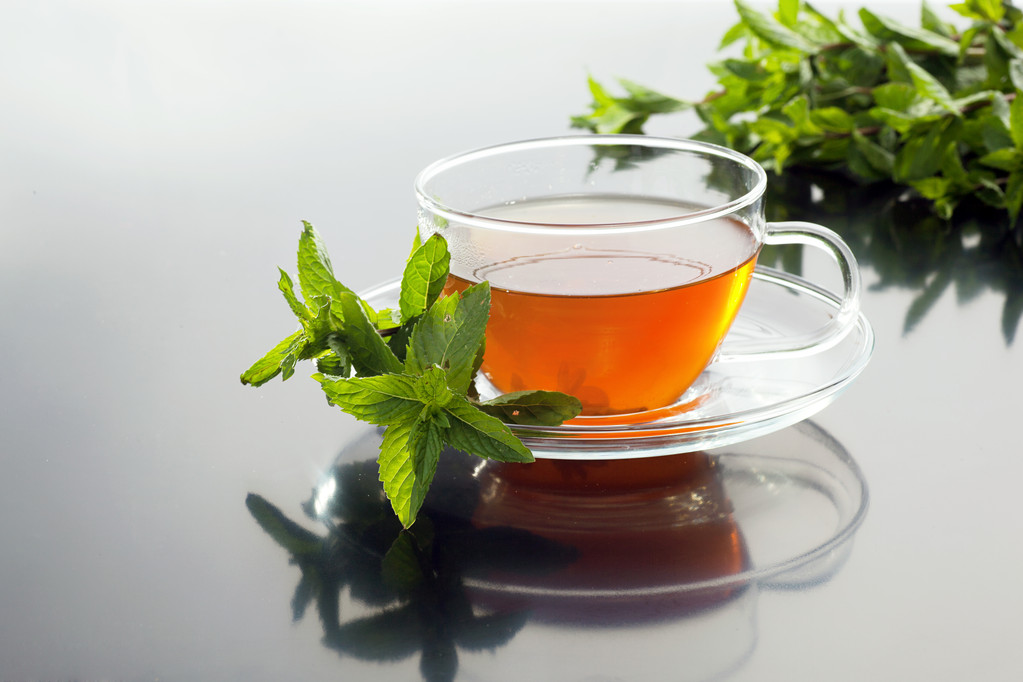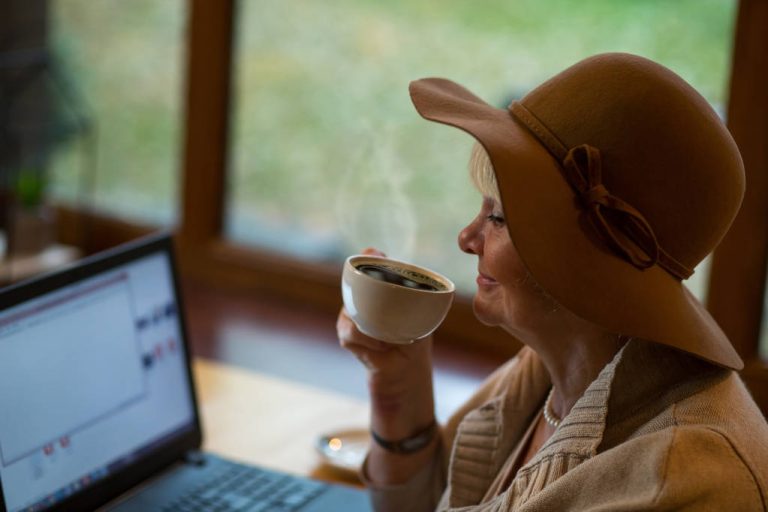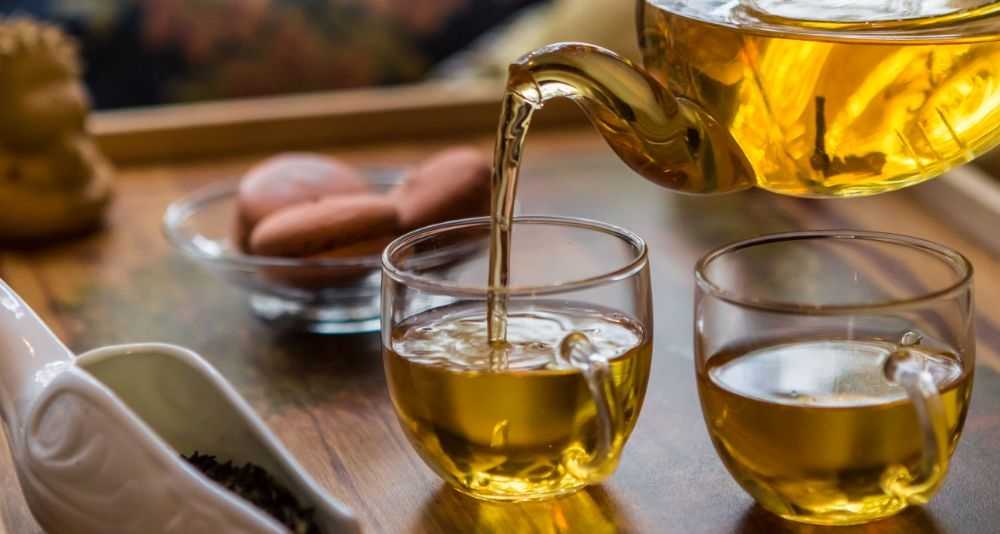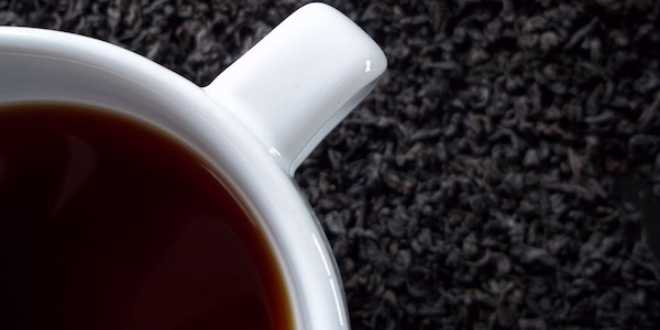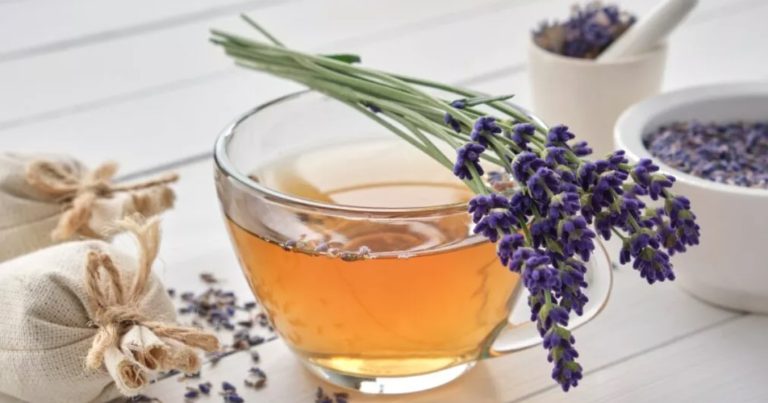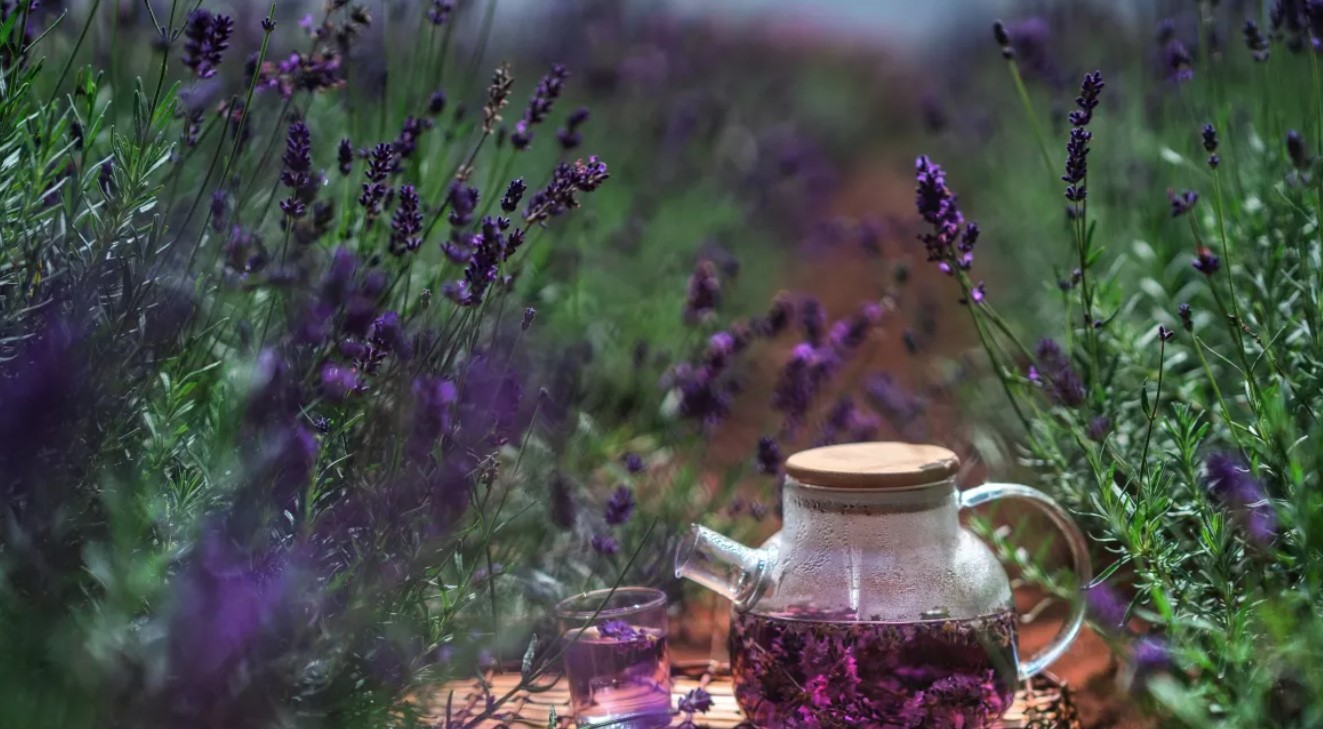Blackberry leaf tea is a tried and tested home remedy for diarrhea. The leaves also contain valuable antioxidants. You can read here how the tea works and how you can make it yourself.
The real blackberry (Rubus fruticosus) belongs to the rose family and has long been used as a medicinal plant. The leaves of the climbing shrub are used for medicinal purposes. Blackberries originally came from the Mediterranean region, but are now widespread throughout Europe and large parts of the northern hemisphere.
In this article you will find out how blackberry leaf tea works and what ailments you can use it for. We have also summarized for you what you should pay attention to if you want to collect blackberry leaves yourself and use them to prepare tea.

This is how blackberry leaf tea works
Blackberry leaves are a valuable source of antioxidants. These substances support the body in cell renewal while fighting free radicals and reducing oxidative stress. These properties can also prevent cancer in the human body.
Due to the tannins it contains, blackberry leaves have an astringent effect. Therefore, blackberry leaf tea is used to treat acute diarrhea.
The leaves also have strong antimicrobial properties. They fight various bacterial strains, such as Helicobacter pylori, according to another study from the International Journal of Antimicrobial Agents.
Blackberry leaves have also traditionally been used to treat diabetes. Animal experiments with rats suffering from diabetes were able to demonstrate a blood sugar-lowering effect.
Blackberry leaf tea can also be used as a gargle to treat sore spots in the mouth and throat.
The following ingredients are mainly responsible for the medicinal effects of blackberry leaves:
Tannins, including tannins
flavonoids
There are no known side effects for blackberry leaf tea.
Prepare and use blackberry leaf tea
Blackberry leaf tea can help you with acute diarrhea and inflammation in the mouth and throat.
If your symptoms don’t improve after two days, you should still see a doctor. If you have other symptoms such as a high fever or blood in your stool, you should go to the doctor right away instead of resorting to home remedies.
For inflammation in the mouth and throat, you can drink blackberry leaf tea or gargle lukewarm.
How to prepare blackberry leaf tea:
Pour 250 milliliters of boiling water over 2 teaspoons of dried blackberry leaves.
Let the tea steep for five to ten minutes.
Then remove the plant parts.
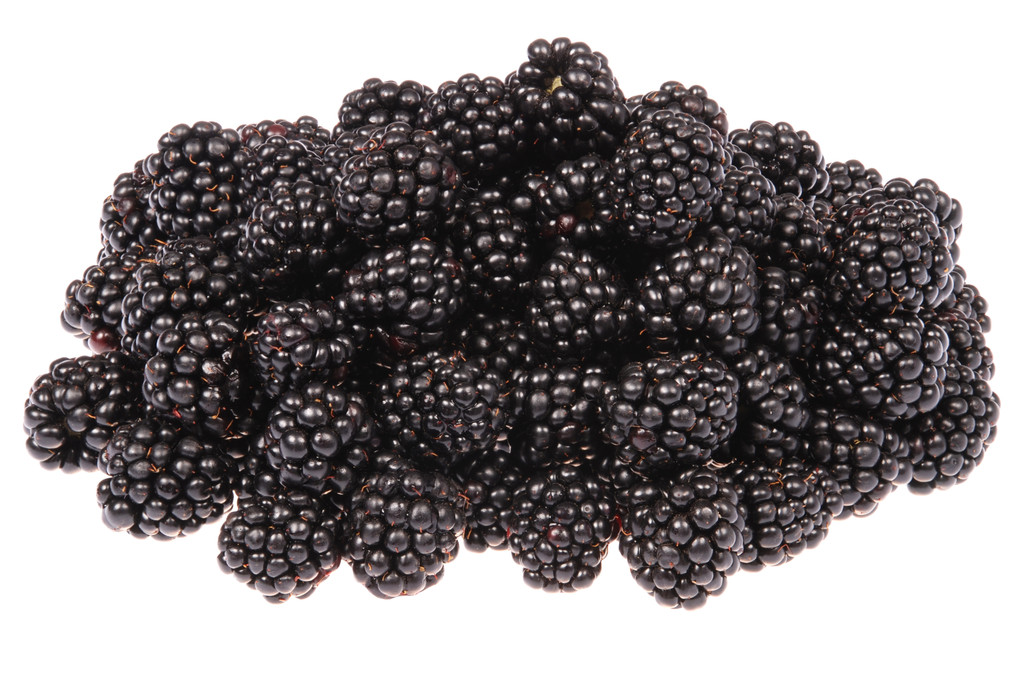
You can get the dried leaves for blackberry leaf tea in any pharmacy. If you have planted blackberries in your own garden or a blackberry bush near you, you can easily collect and dry the leaves yourself.
You should pay attention to this if you want to make blackberry leaf tea yourself:
The bramble must under no circumstances be treated or left by the road if you want to benefit from its healthy ingredients.
Collect the leaves in spring when they are freshly sprouted. According to the Pharmacognosy Review, the young leaves have the highest active ingredient content.
Pick the fresh leaves and place them in a cotton bag. But be careful not to take too many from one branch.
Spread the picked leaves out on some newspaper in a dark place (attic, closet) to dry. It is important that the leaves do not get direct sunlight so that the active ingredients are preserved and no bitter substances are produced.
If you can easily crumble the blackberry leaves with your fingers, they’re dry. Then you can chop them up and store them in a jar in a dark place. The blackberry leaves can be kept for about a year in this way.
Blackberry leaves are also great for tea blends. The taste goes particularly well with fruity teas such as rosehip tea or apple tea.




